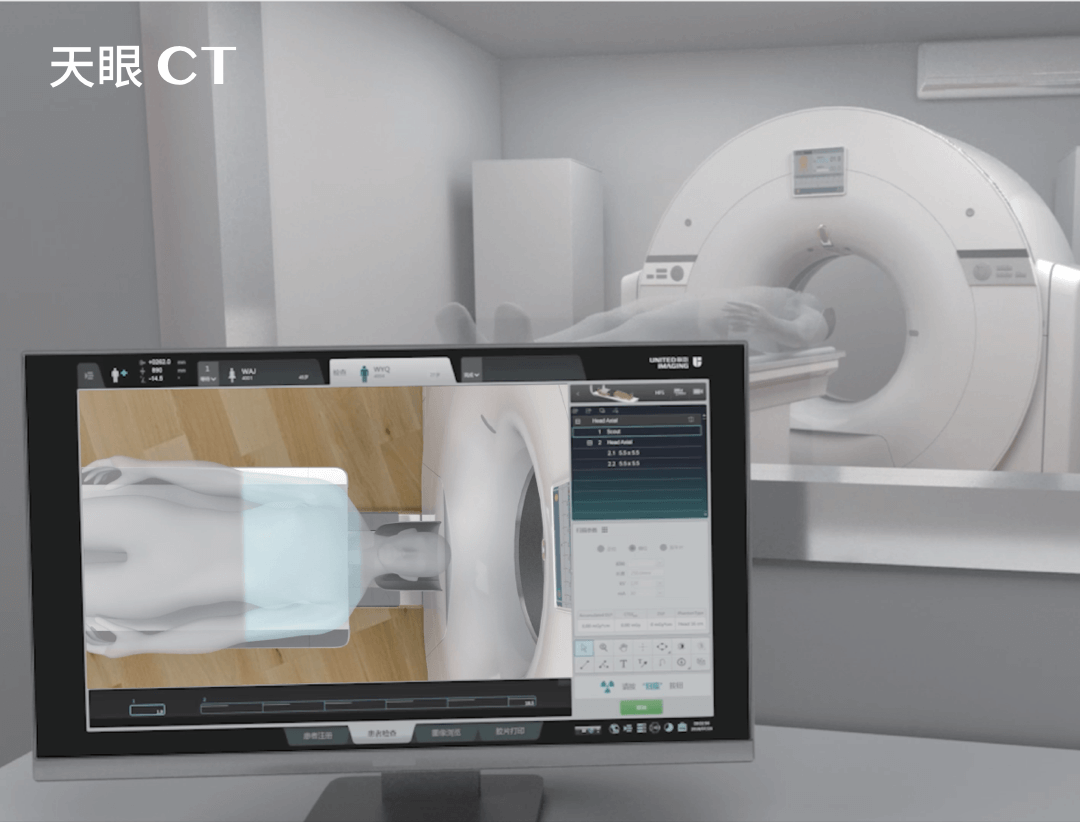X-ray of the lumbosacral spine
X-ray of the lumbar spine is a non-invasive examination that uses X-rays to diagnose the most common causes of lower back pain.
Lower back pain, often called sacral, radicular or lumbar pain, is the main reason for performing X-rays in this area. A doctor’s referral is required for this examination, irrespective of whether it will be funded by the National Health Service or paid privately.
How does X-ray radiation work?
X-rays are a type of electromagnetic waves that can penetrate obstacles in their path. When the rays are directed at the examined part of the body, the beam passes through the skin, organs and bones. Different tissues in the body absorb radiation to different degrees. Due to their density, bones absorb more radiation than soft tissues such as the liver or kidneys. Muscles, fat tissue and internal organs allow the rays to penetrate more easily. As a result, dense areas appear bright in the image, soft tissues appear dark or grey, and air appears black.
Diseases of the lumbosacral spine
Sacral pain is one of the main causes of disability to work and reduced quality of life, although it is rarely associated with serious illness.
Most commonly, non-specific pain is present, that is, pain that cannot be attributed to a specific causative factor. This usually does not mean a serious illness and subsides without treatment, although it may recur. In only one in ten patients does sacral pain have a specific cause that requires further diagnosis.
In most cases, pain results from mechanical damage to the various structures that make up and surround the spine, such as vertebrae, intervertebral discs, intervertebral joints, muscles, tendons, ligaments and nerves.
Some of the most common causes of pain include:
- overloading of muscles, tendons or spinal ligaments;
- discopathy, or herniation of the intervertebral disc;
- posture problems and body structure abnormalities, congenital defects of the spine;
- vertebral fractures in patients with osteoporosis.
About 80% of people experience sacral pain. It usually affects people between the ages of 30 and 60 and is one of the most common causes of visits to the doctor.
Recommendations concerning lumbosacral spine X-ray examination
The standard image is taken in the AP (anterior-posterior) and lateral projections. An oblique projection (showing the intervertebral foramina) is less commonly used. Functional images can be taken as well, for instance showing maximum trunk bend to the front and sideways, which makes it possible to diagnose instabilities of the lumbar spine and its joints.
A properly performed X-ray will show the following:
- 5 lumbar vertebrae;
- sacrum;
- coccyx;
- the last (12th) vertebra of the thoracic spine;
- intervertebral joints.
For oncology patients where there is a risk of metastasis of for instance breast or prostate cancer, the physician refers the patient to an X-ray to confirm or rule out this diagnosis.
Contraindications to X-ray examination
Pregnancy is a contraindication to the examination. Therefore, X-rays in women of childbearing age should be performed in the first 12 days of the menstrual cycle, unless otherwise advised by the doctor, to minimise the risk of pregnancy-related complications.
How to prepare for a lumbosacral spine X-ray?
An X-ray of the lumbosacral spine requires proper preparation on the part of the patient. The patient must follow an easily digestible diet and avoid raw vegetables, dark bread, legumes and dairy products. It is necessary to cleanse the intestines of faecal masses and gases. Proper preparation for the X-ray improves the diagnostic quality of the image. This process begins 2–3 days before the scheduled examination.
Regular medications should be taken as previously prescribed.
Additionally, laxatives and agents to reduce bloating are recommended. This preparation will allow the radiologist to properly interpret the image, which speeds up treatment and reduces the risk of having to repeat the examination.
*IMPORTANT! The information contained in this article is for informational purposes only and is not a substitute for professional medical advice. Each case should be evaluated individually by a doctor. Consult with your doctor before making any health decisions.



